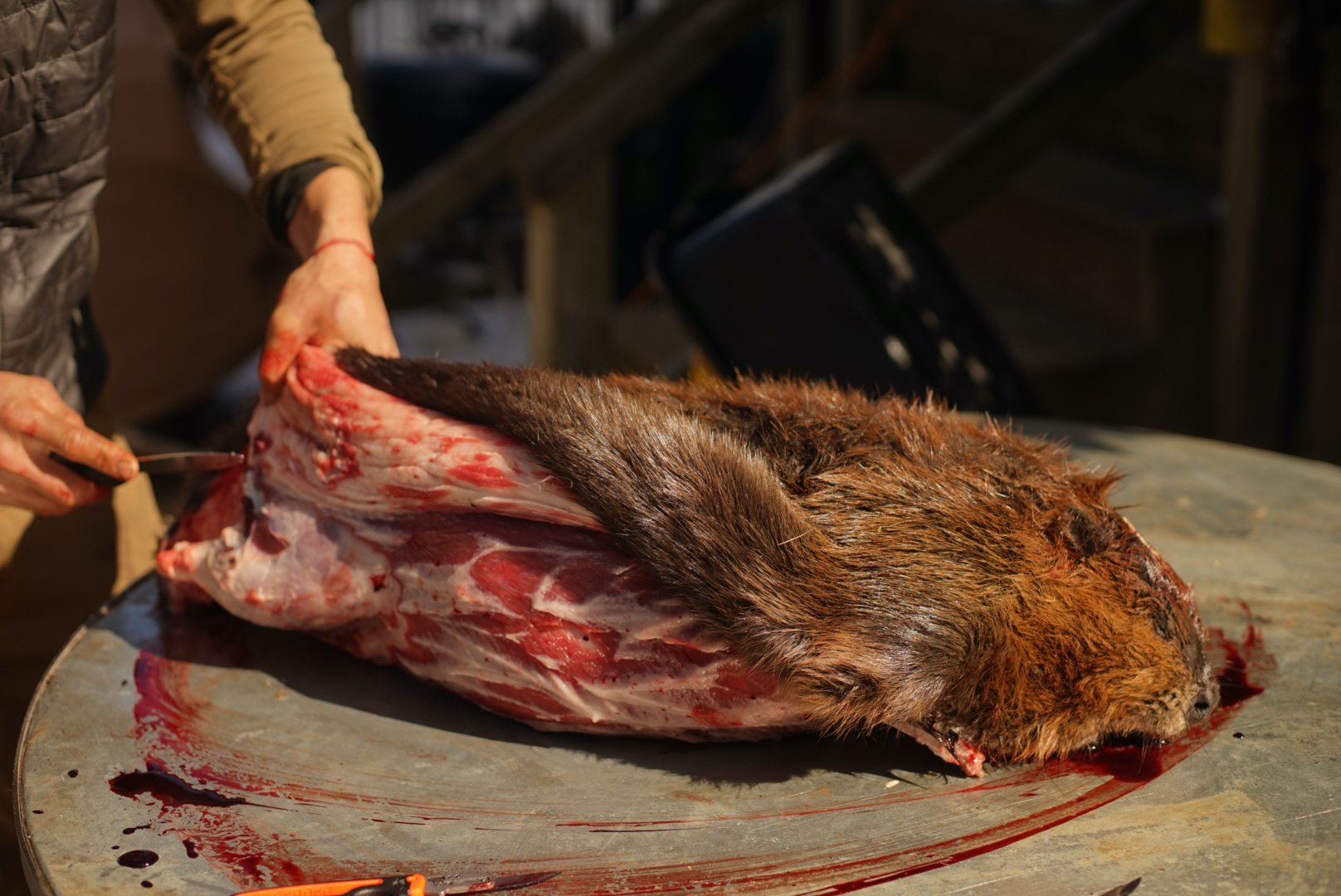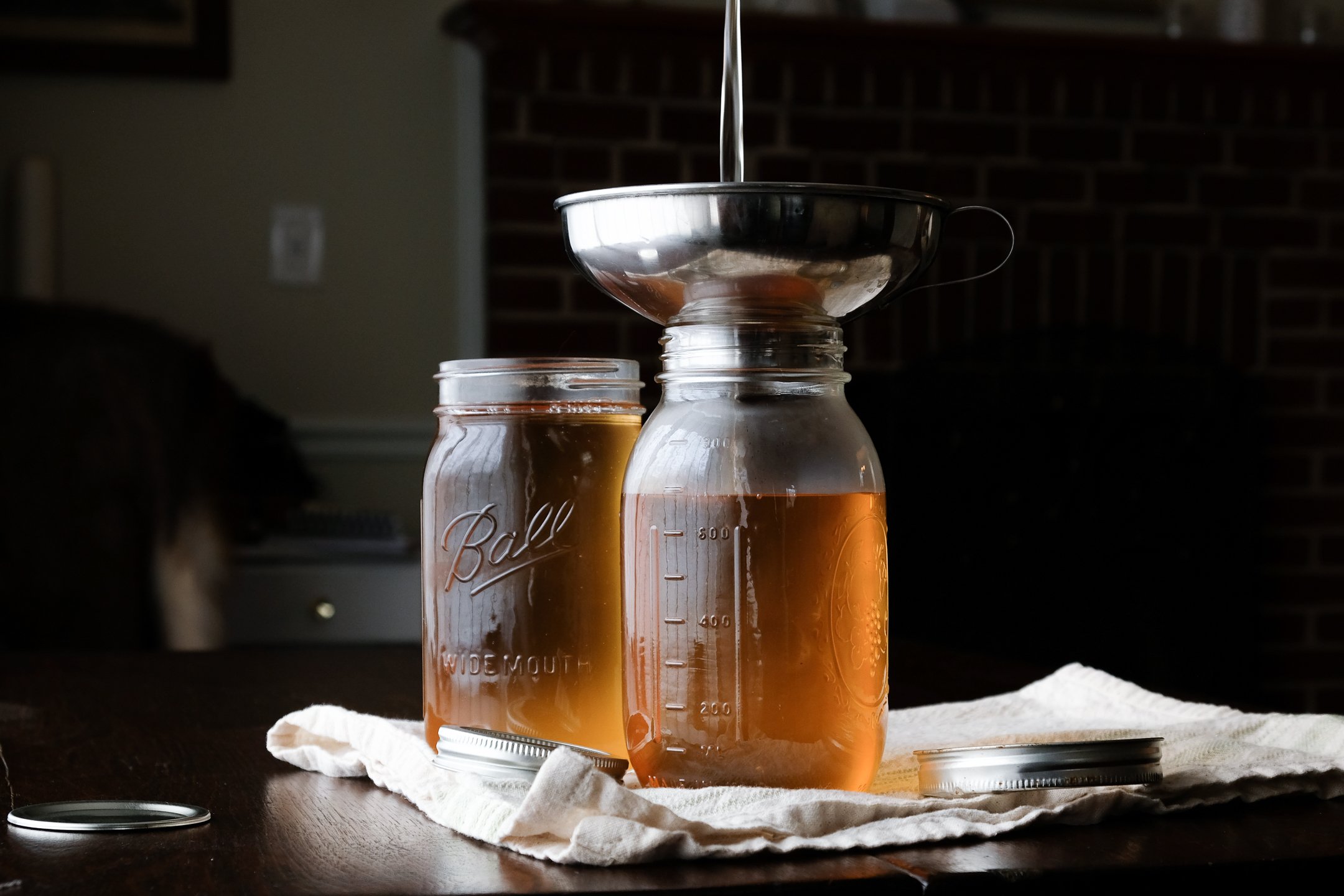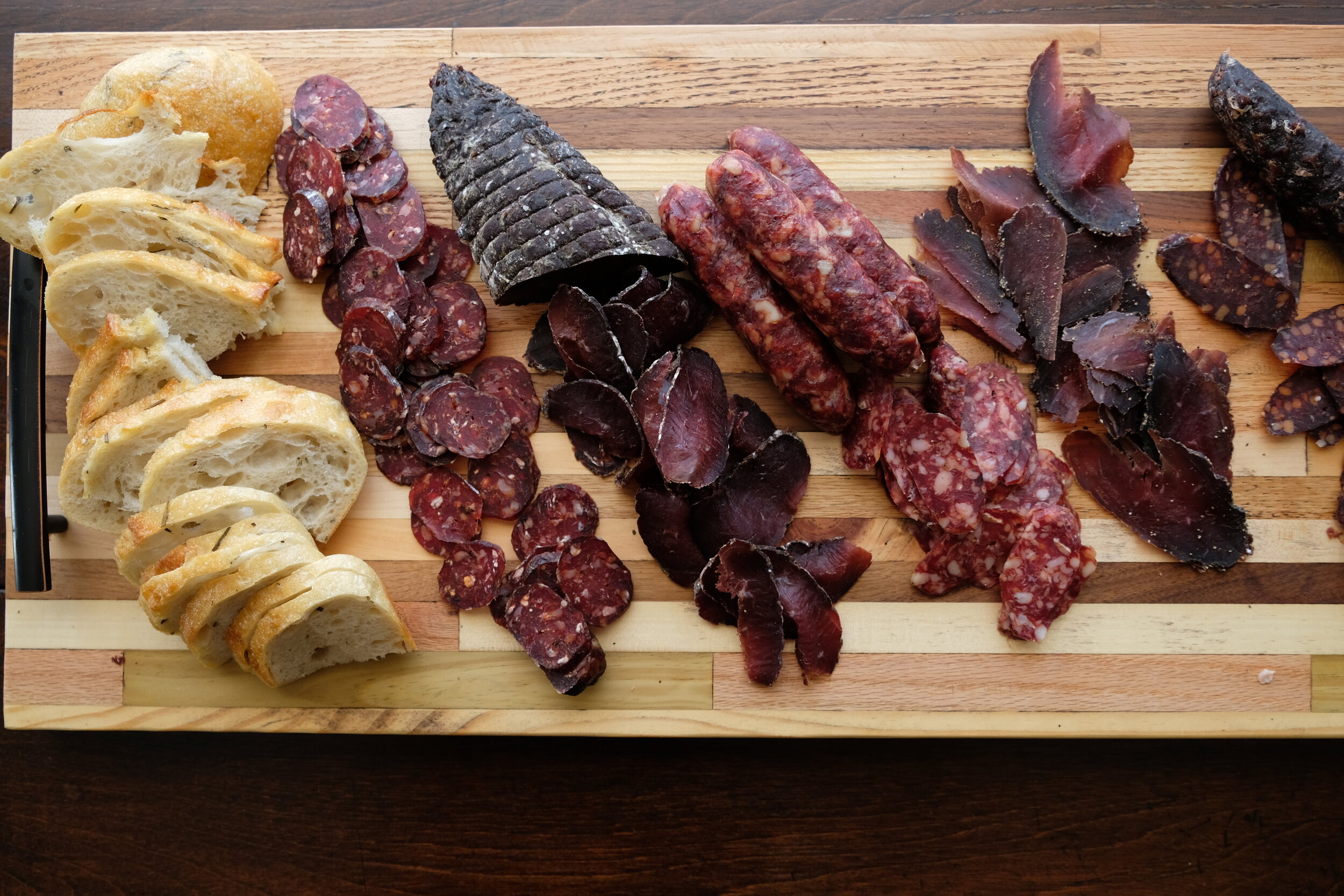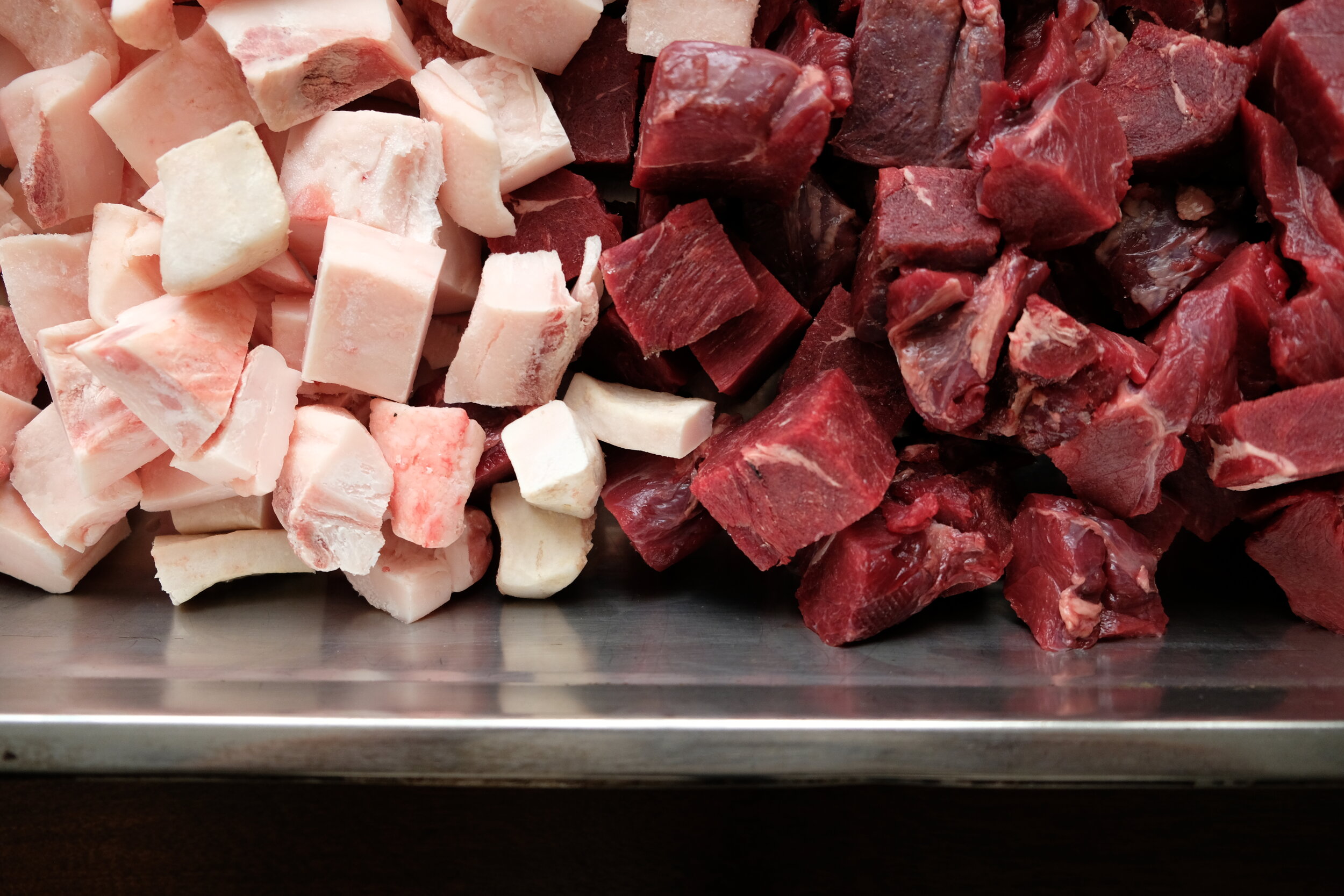Hunting Marsh Ghosts

While we’d been hearing from friends for years that chasing the diminutive marsh elk that inhabit the Delmarva was something we had to try, we pushed it off for a few seasons. The way the hunt was laid out to us was a little intimidating- waders, boats, phragmites marsh and mosquitos. But the challenge of hunting an exotic deer species in a coastal swamp was alluring. Most of the sika hunting in this area is centered around Blackwater National Wildlife Refuge in Maryland, but we had heard of people hunting sika on Assateague Island in Virginia, and so decided to give that a try.
Growing up, I had spent plenty of time on the beaches and in the forests of Assateague. The Virginia half of Assateague is now in the hands of the US Fish and Wildlife Service, and the area is now a popular seaside vacation spot. The name might ring a bell for some of you- the children’s book Misty of Chincoteague was set partially on this island. I spent a good part of my childhood camping in the old Maddox family campground, overlooking the straight that separates Chincoteague from Assateague. It was an idyllic place to visit as a kid- we’d ride our bikes all the way to the beach, or to go get ice cream down the road. It was quiet without being too sleepy, and we could get around just fine without much adult supervision. I was eager to revisit the place.
What had managed to escape my notice as a kid was that Assateague Island has a population of sika deer. Imported from Japan in the 1920s by a wealthy man who had started a hunting club on the island, the small population of sika deer thrived and outlived the hunt club itself. They’re a wholly different animal from the whitetail we’re used to around here- technically more closely related to elk, sika deer are diminutive in size and do well in wet, marshy environments like the one around Assateague. What they lack in size they make up for in elusiveness and aggressive behavior during the rut. The stags bugle just like an elk, and they are not conflict averse- they are reportedly much more violent in their sparring than many other species.
But hunting them is extremely difficult. They are almost entirely nocturnal, and seem to spend most of their time in marsh so dense and high that you will never see them. Finding sign of them on Assateague is close to impossible, because the herds of wild ponies use the same trails with such frequency and in such great numbers that you’ll seldom see many tracks. And the sika deer there see a lot of pressure. During rifle season, this small, narrow island is overrun with hunters.
On our first-ever sika hunt, three seasons ago, we left in pitch darkness to queue up at the gate to the refuge. In the back of the truck we had waders, climbing stands, and rifles. We had well over an hour before shooting light and only a mile or two left to drive. We thought we’d take our time getting set up and find a good tree to climb and wait out the dawn.
When the ranger opened the gate and we started driving in, we quickly realized we were already almost out of time. The road to the spot we had chosen was rougher than we’d anticipated, and the drive that we’d thought would take just a few minutes wound up taking close to 30. The sandy dirt road runs almost due north along the highest part of this flat, coastal island, first through a forest of beetle-killed longleaf pines, then living pine forest, then open marsh, hummocks, impoundments and saltwater ponds. The varied landscape was jaw-droppingly gorgeous even in the dim, yellowed glow of the headlights.
After what felt like an eternity crawling slowly northward on the rutted road, we made it to the causeway that was to be our rendezvous point. We slipped on our neoprene waders, strapped our climbing stands to our backs, slung our rifles across our shoulders and split up into the woods. Walking through the dense undergrowth, I knew immediately we had made a mistake with the gear. Snarls of briars choked every step, wrapping around my ankles, the gun, the climber. We didn’t so much sneak through the woods as we crashed, our heavy insulated waders restricting our movement while we struggled through the brambles. From what we’d heard from the sika hunters in Maryland, we’d been expecting wet, marshy ground, phragmites, and water crossings to get to our spot, but the ground here was mostly firm and dry. Eventually, I oriented myself along one of the many wild pony trails that zigzag over the island, and was able to follow it all the way to a likely pine tree overlooking the marsh. The climbing stand was a struggle in the waders- the clunky boots didn’t quite fit into the stirrups, and getting my knees to bend the way I needed them to was close to impossible. It was a chilly morning, but I could feel the sweat blooming across my forehead and itching under my thermals. I finally managed to get settled in, just as the grey line of the horizon shifted a rosy pink.
The morning light broke, and as my surroundings came into focus, the ducks, geese and swans started moving. Assateague is a wildlife refuge, and its many impoundments and ponds create an ideal wintering spot for thousands upon thousands of migrating waterfowl. About a half-mile to my east was a large pond, and this high up in the tree, I could just barely hear the murmurings of hundreds of swans over the pounding of the Atlantic surf on the beach. The sun rose over the salt marsh before me and I almost forgot about the sika deer entirely while I watched geese trade back and forth over the water.
There were no sika for me that morning. But there were ponies. Lots of them. Shaggy maned and potbellied, they waded across the marsh in groups, grazing on the salt grass. The herds of ponies are the most numerous and visible of the fauna on the island- in daylight, the trails we found through the bay and myrtle bushes looked like highways paved through the undergrowth. At first, winding my way back towards the causeway at the end of my hunt, I tried to avoid stepping in horse shit so I didn’t track it into the truck. It was a futile effort- the more I looked, the more I saw, and I pretty quickly came to the conclusion that this island is pretty much entirely composed of pony crap. I’ve never seen so much shit- the trails, which I had thought were muddy and soft from heavy use, were actually just churned with layer after layer of slick manure. Their poor diet of marsh grasses means they have to eat constantly or suffer malnutrition- which means a lot of poop.
In daylight, the drive back to town took twice as long as it did in the dark. First, we drove up to the beach and followed a set of bobcat tracks along the desolate, windswept dunes. Turning back the way we came, we re-crossed the hummocks and marsh that we had only barely made out in the headlights earlier that day. The northern part of the island, which is closed to most of the public and accessible only with certain permits, is stunning in a way that can’t be conveyed in words. The marsh is pocked with ponds and pools, sandbars and hummocks. It’s edenic and wild- I’ve never seen a seashore so unspoiled and intact. The wild ponies use the road as frequently as the hunters do, and we were stopped every few minutes by group after group of them. We counted pintails and black ducks in the impoundments, and, memorably, narrowly avoided bringing an endangered Delmarva fox squirrel to his untimely demise beneath our tires.
Our evening hunt wasn’t any more productive, but this time, we did hear our first bugles. The sika bugle is a long, thin, wavering, and eerie shriek- it’s completely otherworldly. Even now, writing this, the memory of the bugling raises the hair on the back of my neck. It’s a primal sound, similar to the bugling of an elk, but more ethereal.
We spent a few days bouncing around the island, getting our bearings and trying to figure out how to hunt a marsh ghost. We saw them at night and before dawn from the road, ducking into the sort of hellhole thickets you’d have to be crazy to try to push through, but we just weren’t seeing them moving during legal light. We hunted in the woods, the marsh edges, and in openings in the myrtles, but with no success, or even sightings. We heard the occasional bugle, but other than that, we had no sign of them. Our spirits were dimming as we whittled down the days and hours left to hunt. We spent evenings scanning the map, planning our next day’s setup before crashing out for the night. We didn’t figure them out that trip.
We made another couple of pilgrimages out to the island over the years. Our friend Cam shot a spike on one of those trips, but we still hadn’t seen or heard much from the sika on the island. But last year, on the second to last day of our trip, we finally got around to checking out a spot that looked promising on the map, but that we hadn’t previously been able to get to because of other hunters parked at the trailhead. On such a small island, you really can’t head in on the same trail as another hunter without winding up being set up right on top of them, so we’d been cautious about keeping our distance. We lugged in our climbers and bows and set up for what I knew would be a scenic evening, but doubted would be a productive one.
The late afternoon whiled itself away without any interference from us. The marsh was gorgeous in its autumnal colors- a broad wash of golds, browns, and reds spread almost all the way to the horizon, and I let my eyes rest, unfocused, over the western horizon as the light began to slip. A herd of fat, shaggy ponies wove their way toward me from a distant hummock and one by one, stopped to investigate the pack I’d left at the base of a tree. Even the drowse of the mosquitos left me feeling placid and warm- even if we didn’t see a sika this trip, it was worth it to come out just to experience the splendor of this place, one of the last of its kind.
Dusk had almost finished settling in before I saw it. Four dark legs, moving from right to left toward me, through the myrtles lining the marsh edge. I strained in the fading light to make out any detail through the leaves. It picked its way slowly, carefully, along the thicket, stopping every few yards. I used the cover to my advantage and ranged the bushes I saw it moving through. 15 yards. Any closer and it would be in the stand with me, but I still couldn’t see the thing. After what felt like an eternity, the brown shape appeared in an opening- a stag, with a thick mane and tall tines.
He stood in front of me for a moment, head on, and then turned broadside to continue on his way. I took my shot then, at 7 yards, and watched as he shuddered from the impact of the arrow. He took a wide arc, right out into the marsh, and fell briefly, splashing into the few inches of water the high tide had brought in. I had barely begun to put myself back together after the adrenaline rush of the shot when he got back up again. I watched with my heart in my throat and my hands on my face as he bounded a few yards, then staggered, and fell hard, shoulder-first, into the soft mud. I could hear the air escaping his lungs and his last heavy, chesty breaths as his life left him, and I struggled to make my hands work, my head work, to get my shit together for a follow up shot if I needed it.
Behind me, I could hear Wade scraping his climber down his tree. He’d seen the shot, no doubt, but probably didn’t see where the stag fell and was anxious to start tracking. It had been getting dark when I took the shot, but now, a few minutes after legal light, we were losing visibility quickly. From where I sat, I could see the depression in the spartina grass where the stag lay dead, and I took a few moments to pull together what faculties I had left for my climb down the tree.
By the time I’d reached the ground, Wade had already dragged the stag from the marsh to dry ground, and I took a brief moment to admire him before we set to dragging the deer and the gear all the way down the path to the truck. His beautiful, wet coat picked up sand and detritus as we pulled him, sweating and heaving, with the climbers strapped to our backs. We had to make time- the refuge closes at dark- and the simple, quiet celebration of taking a deer folded quickly into the hard work that comes afterward.
On the tailgate, under the green glow of our headlamps, we made fast work of field dressing him, taking care to keep the meat clean as we sliced through the damp, dirty hide. At the ranger station, we chatted with the park officer about our hunt and the season so far, comparing tactics and exchanging what information we had. He graciously allowed us to stay and finish quartering by the light of the shack while he headed home, and it wasn’t until I saw the taillights of his truck disappearing down the road that it all started to sink in.
My stag was soaked and dirty, partially dressed out and missing a lower jaw (removed for research purposes) but there he was- my first, and a dandy. Four tall antler points rose, flame-like, from his small, rounded skull. His coat was thick and almost shaggy, densest around the neck and the color of darkest umber. At around 80 lbs dressed, he wasn’t as big as the whitetail we usually shoot, but a good size for a sika deer. His hooves were dainty and almost fawn-like, unsuited for the wet marsh ground, but he seemed to get around just fine. As we pulled back the hide, we found fat capping his quarters- unbelievable, for an animal that seems to subsist entirely on greenbriar shoots. We saved the tongue, the heart, the liver, and yes, all that fat, loaded the quarters into the cooler and headed back.
















